Herbs
 The oldest medicine, herbs have been used for centuries for their healing properties. Many are still used in this way, while many of the traditional uses of herbs have been lost and the plants now grown strictly ornamentally or for their culinary uses. Either way, the traditional use of herbs is a fascinating study, and one that practitioners devote years to. Herbalism is a venerable practice requiring much knowlege and wisdom, and while novices should avoid the use of some herbs for their healing properties, many are widely accepted as safe to use, such as peppermint tea to aid in digestive issues. While we don't reccomend unguided use of herbs for more serious ailments, with research and assitance many are perfectly fine to use and quite effective.
The oldest medicine, herbs have been used for centuries for their healing properties. Many are still used in this way, while many of the traditional uses of herbs have been lost and the plants now grown strictly ornamentally or for their culinary uses. Either way, the traditional use of herbs is a fascinating study, and one that practitioners devote years to. Herbalism is a venerable practice requiring much knowlege and wisdom, and while novices should avoid the use of some herbs for their healing properties, many are widely accepted as safe to use, such as peppermint tea to aid in digestive issues. While we don't reccomend unguided use of herbs for more serious ailments, with research and assitance many are perfectly fine to use and quite effective.Listed by botanical name below are some of the traditional herbs in the catalog. For strictly culinary herbs, see the edibles page. To search for plants by common name, use the alphabetical navigation at the bottom of the page.


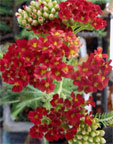 Achillea millefolium ''Red Velvet'
Achillea millefolium ''Red Velvet' Ocimum basilicum 'Red Rubin'
Ocimum basilicum 'Red Rubin'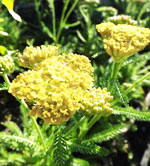 Achillea millefolium "Sunny Seduction"
Achillea millefolium "Sunny Seduction"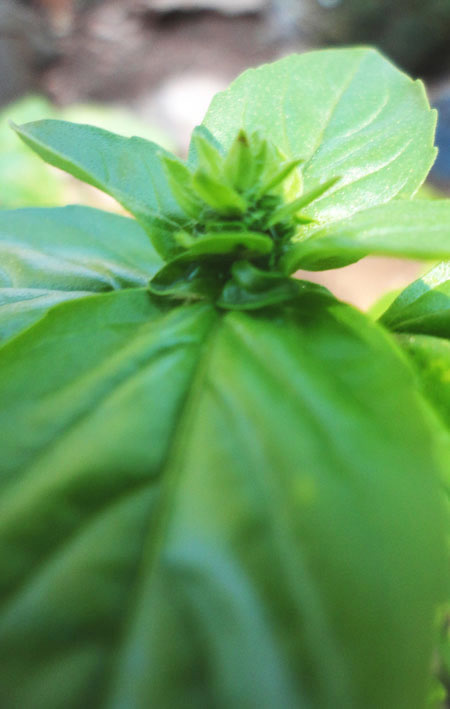 Ocimum basilicum
Ocimum basilicum Achillea millefolium 'Terra Cotta'
Achillea millefolium 'Terra Cotta'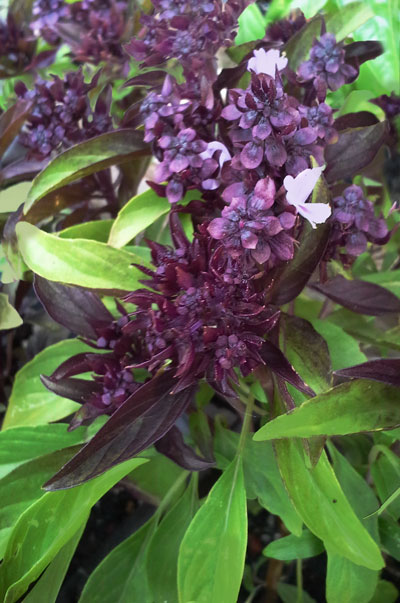 Ocimum basilicum var. thyrsiflora
Ocimum basilicum var. thyrsiflora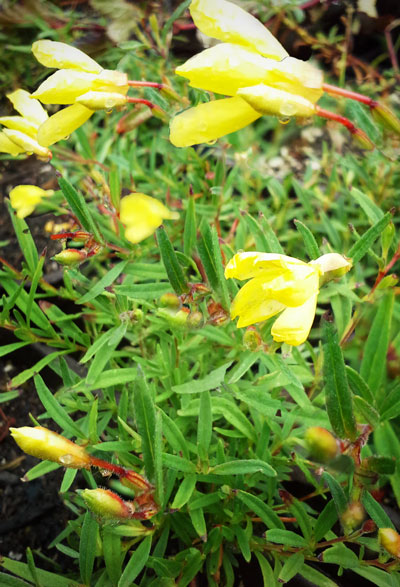 Oenothera perennis
Oenothera perennis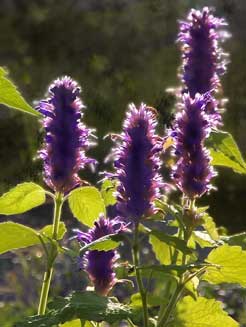 Agastache 'Golden Jubilee'
Agastache 'Golden Jubilee'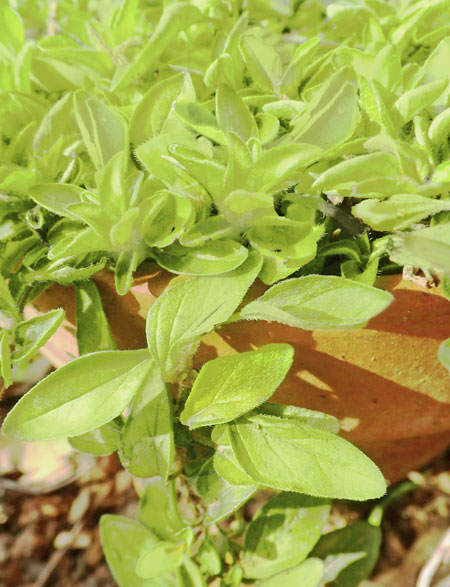 Origanum aurea
Origanum aurea Agastache rupestris
Agastache rupestris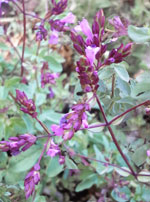 Origanum laevigatum 'Hopley's Purple'
Origanum laevigatum 'Hopley's Purple' Allium schoenoprasum
Allium schoenoprasum 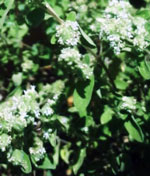 Origanum marjorana
Origanum marjorana
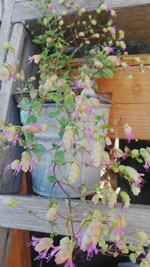 Origanum rotundifolium
Origanum rotundifolium
 Perilla frutescens
Perilla frutescens Petroselinum crispum
Petroselinum crispum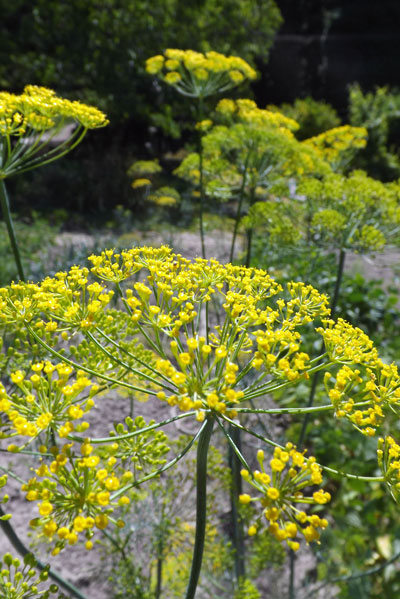 Anethum gravolens
Anethum gravolens Phyla nodiflora
Phyla nodiflora Borago officinalis
Borago officinalis Phlomis russeliana
Phlomis russeliana Brassica juncea
Brassica juncea Plantago major 'Rubra'
Plantago major 'Rubra' Cilantro
Cilantro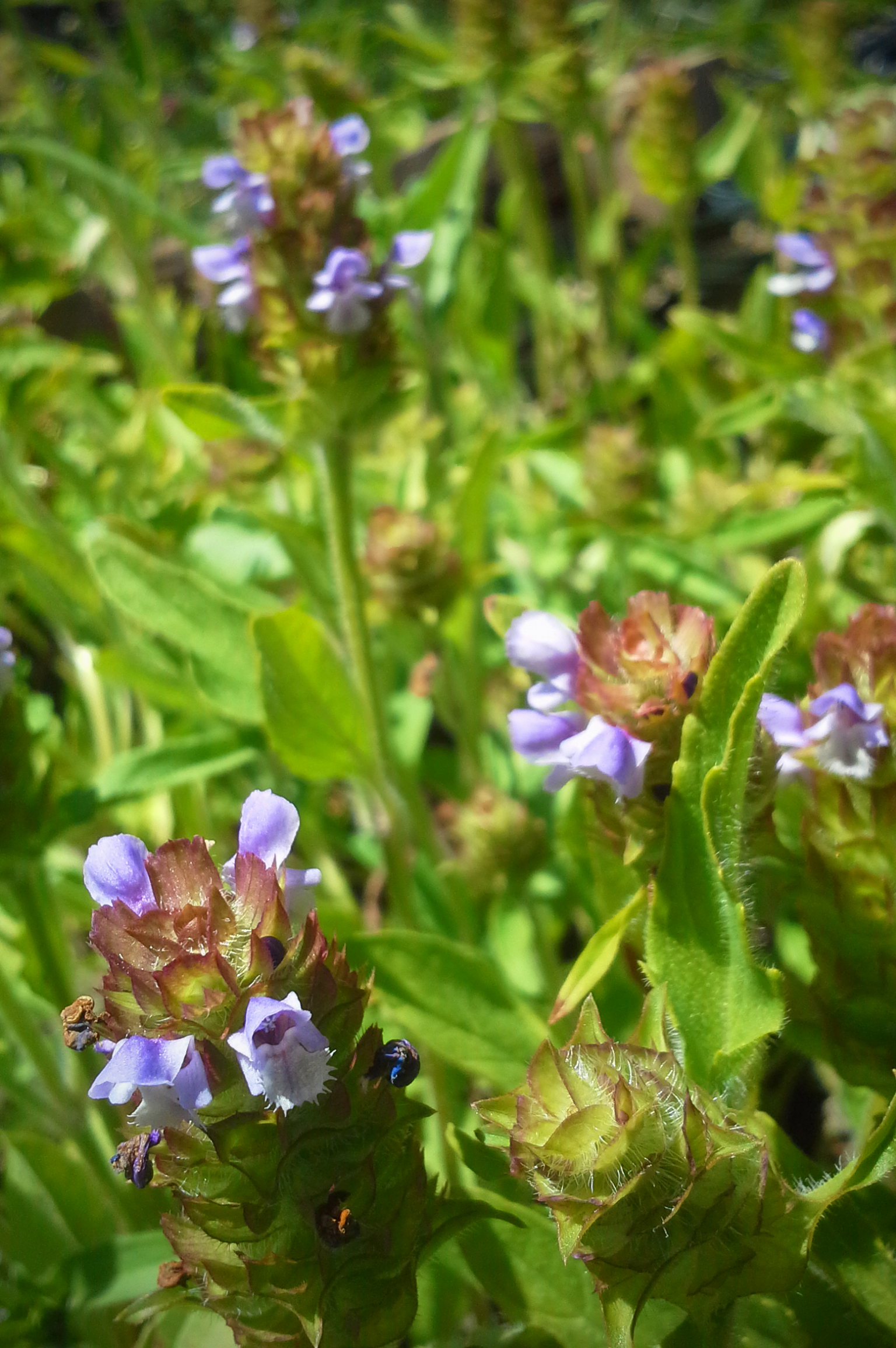 Prunella vulgaris spp. lanceolata
Prunella vulgaris spp. lanceolata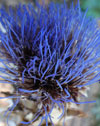 Cynara cardunculus
Cynara cardunculus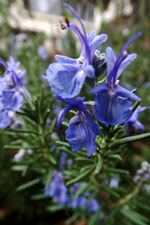 Rosmarinus officinalis 'Benenden Blue'
Rosmarinus officinalis 'Benenden Blue'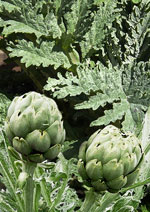 Cynara scolymus 'Green Globe'
Cynara scolymus 'Green Globe' Rosmarinus officinalis 'Prostratus'
Rosmarinus officinalis 'Prostratus'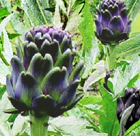
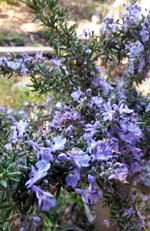 Rosmarinus officinalis 'Renzels'
Rosmarinus officinalis 'Renzels'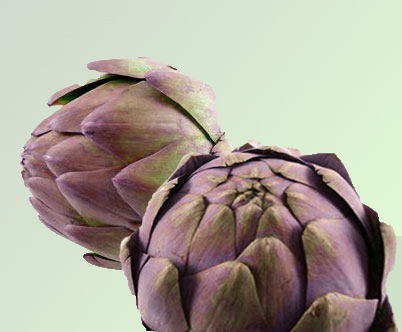 Cynara scolymus 'Purple of Romagna'
Cynara scolymus 'Purple of Romagna' Rumex sanguineum 'Raspberry Dressing'
Rumex sanguineum 'Raspberry Dressing'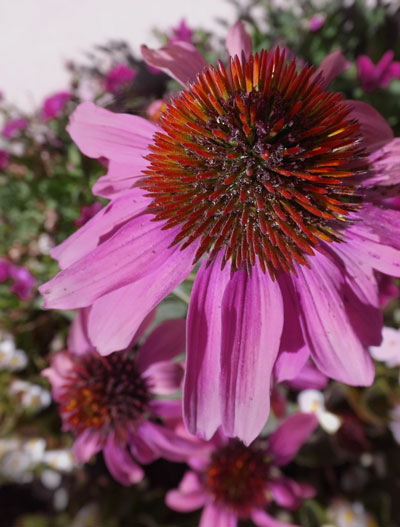 Echinacea purpurea
Echinacea purpurea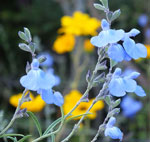 Salvia azurea grandiflora
Salvia azurea grandiflora Filipendula hexapetala (vulgaris)
Filipendula hexapetala (vulgaris) Salvia apiana
Salvia apiana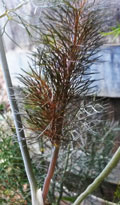 Foeniculum vulgare rubrum 'Smokey'
Foeniculum vulgare rubrum 'Smokey'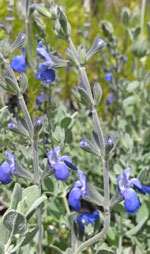 Salvia chamaedryoides
Salvia chamaedryoides Fragaria californica
Fragaria californica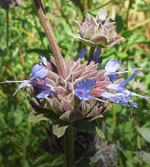 Salvia clevelandii
Salvia clevelandii Hamamelis vernalis
Hamamelis vernalis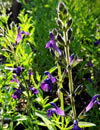 Salvia coahuilensis
Salvia coahuilensis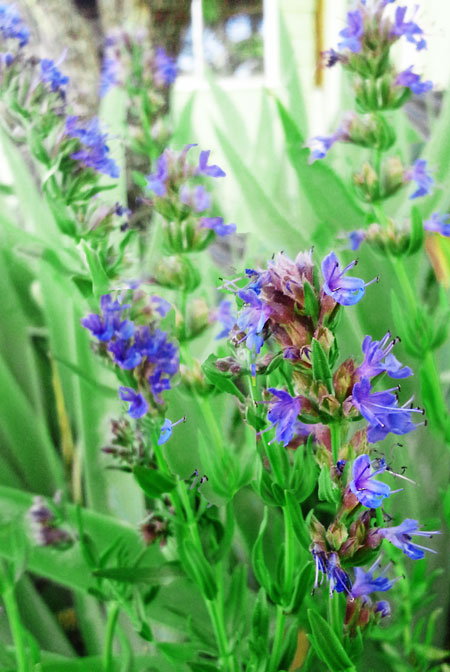 Hyssopus officinalis
Hyssopus officinalis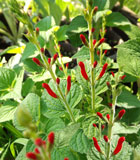 Salvia elegans 'Honey Melon'
Salvia elegans 'Honey Melon'  Laurus nobilis
Laurus nobilis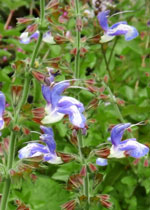 Salvia forskaohlei
Salvia forskaohlei Lavandula angustifolia 'Purple Bouquet'
Lavandula angustifolia 'Purple Bouquet' Salvia greggii 'Pink'
Salvia greggii 'Pink'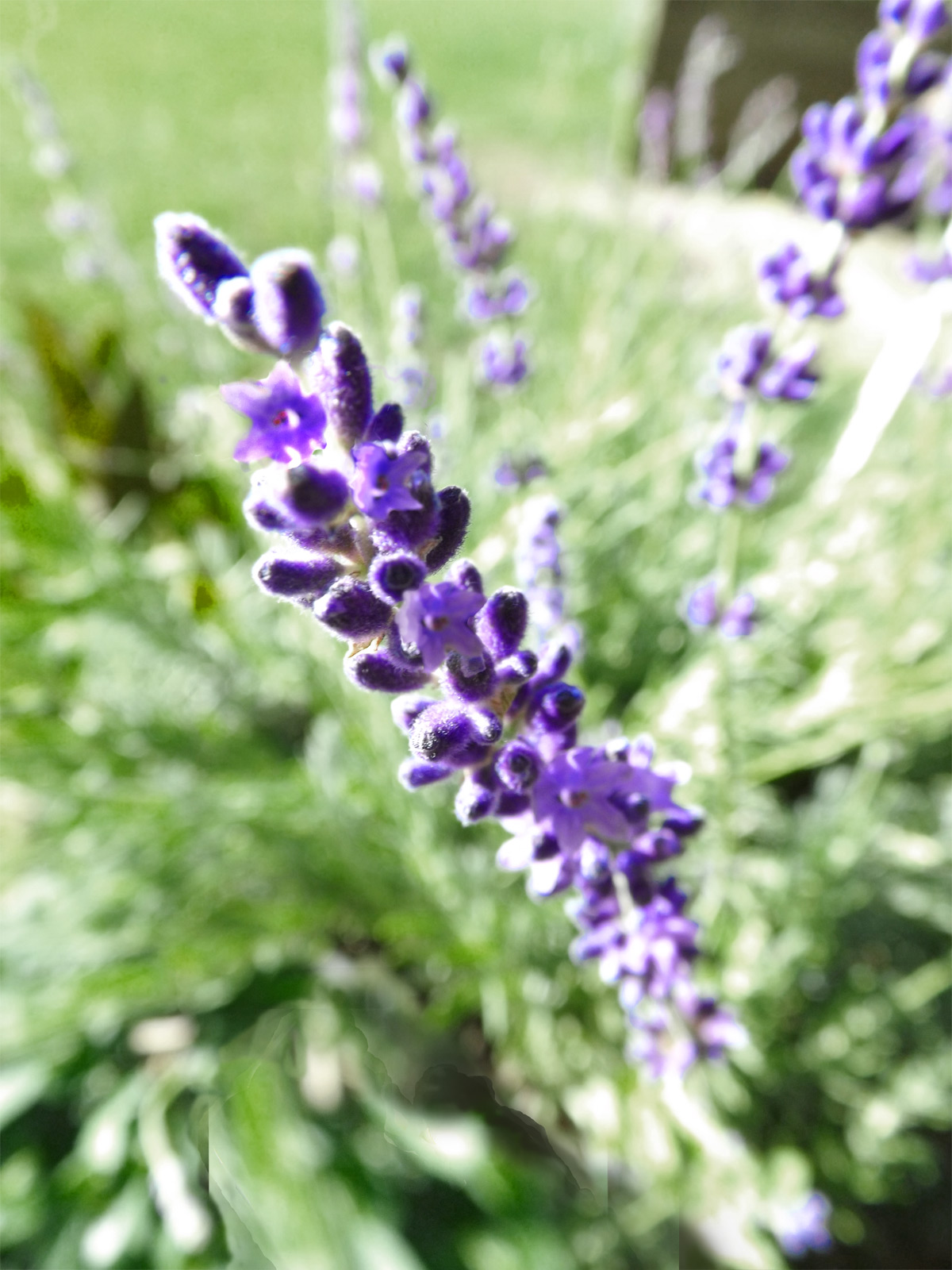 Lavandula angustifolia 'Hidcote'
Lavandula angustifolia 'Hidcote'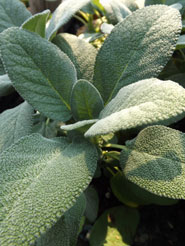 Salvia officinalis 'Berggarten'
Salvia officinalis 'Berggarten' Lavandula x chaytorae 'Lisa Marie'
Lavandula x chaytorae 'Lisa Marie'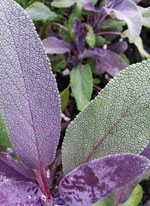 Salvia officinalis 'Purpurea'
Salvia officinalis 'Purpurea' Lavandula ginginsii 'Goodwin Creek Gray'
Lavandula ginginsii 'Goodwin Creek Gray'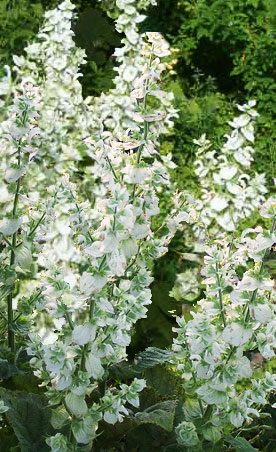 Salvia sclarea var turkestanica alba ‘Vatican White’
Salvia sclarea var turkestanica alba ‘Vatican White’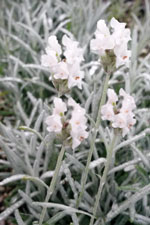 Lavandula x intermedia 'Alba'
Lavandula x intermedia 'Alba'
 Lavandula x intermedia 'Grosso'
Lavandula x intermedia 'Grosso'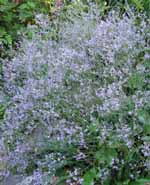 Limonium latifolium
Limonium latifolium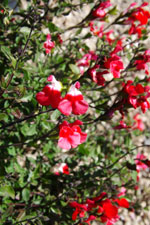 Salvia x jamensis 'Hotlips'
Salvia x jamensis 'Hotlips'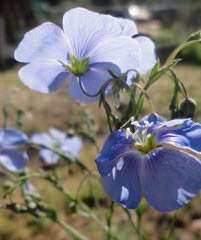 Linum perenne lewisii
Linum perenne lewisii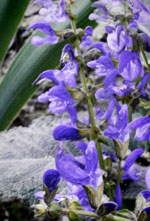
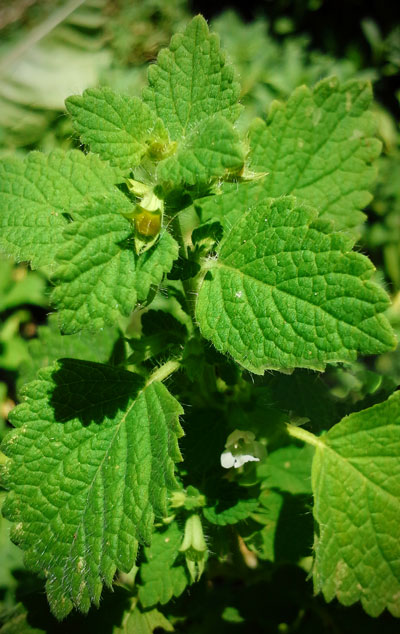 Melissa officinalis
Melissa officinalis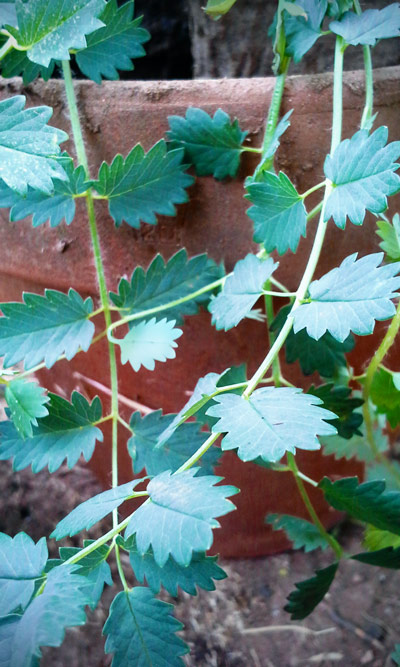 Sanguisorba minor
Sanguisorba minor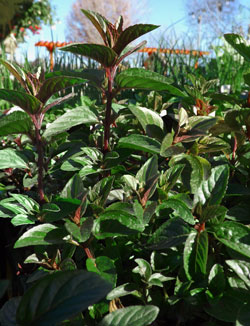 Mentha piperata
Mentha piperata Santolina rosmarinifolia 'Lemon Fizz'
Santolina rosmarinifolia 'Lemon Fizz'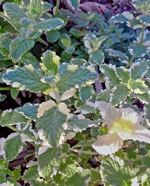 Mentha suavolens variegata
Mentha suavolens variegata Satureja montana
Satureja montana Monardella odoratissima
Monardella odoratissima Saponaria officinalis
Saponaria officinalis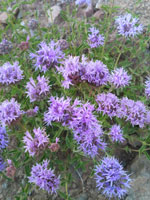 Monardella villosa
Monardella villosa Solidago canadensis
Solidago canadensis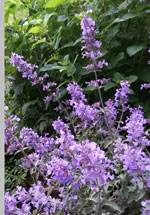 Nepeta faasenii-Dwarf
Nepeta faasenii-Dwarf Teucrium cossoni-majoricum
Teucrium cossoni-majoricum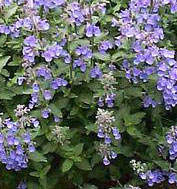 Nepeta faasenii 'Walker's Low'
Nepeta faasenii 'Walker's Low' Teucrium fruticans
Teucrium fruticans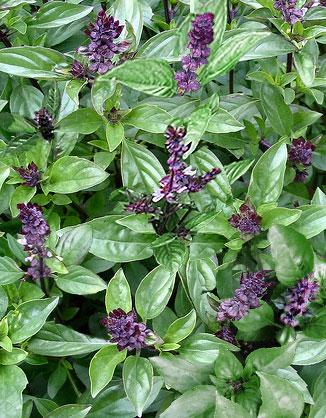 Ocimum basilicum 'Cinnamon'
Ocimum basilicum 'Cinnamon' Teucrium flavum
Teucrium flavum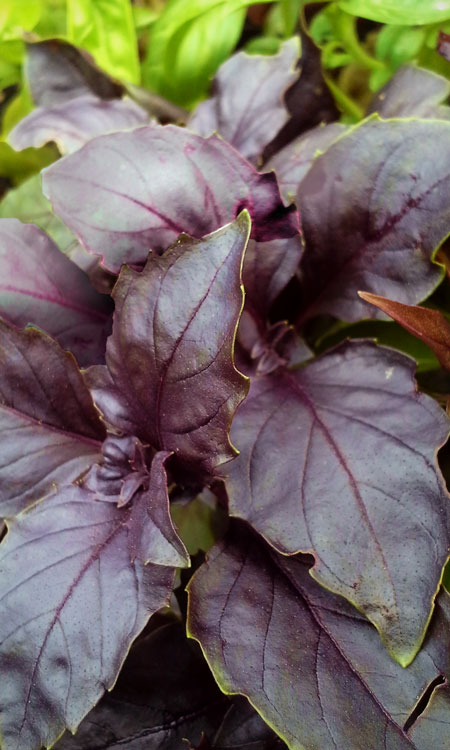 Ocimum basilicum 'Dark Opal'
Ocimum basilicum 'Dark Opal'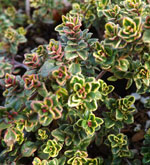 Thymus citriodora
Thymus citriodora Ocimum basilicum citriodora 'Mrs. Burn's Lemon'
Ocimum basilicum citriodora 'Mrs. Burn's Lemon'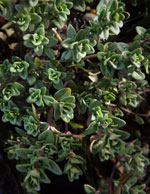 Thymus vulgaris
Thymus vulgaris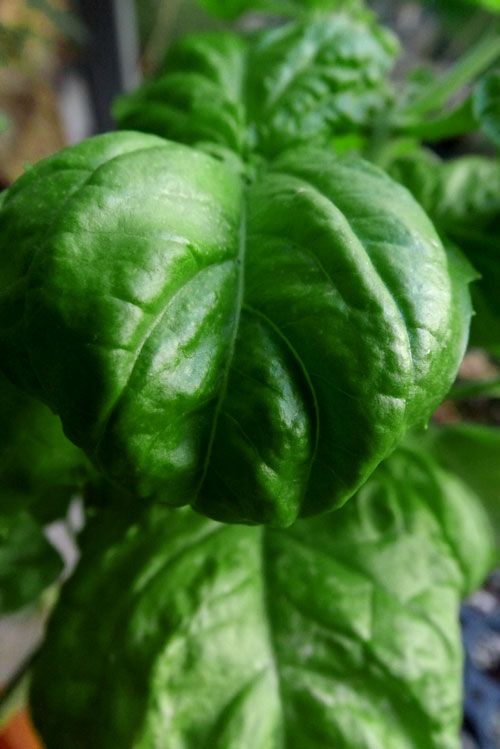 Ocimum basilicum 'Lettuce Leaf',
Ocimum basilicum 'Lettuce Leaf',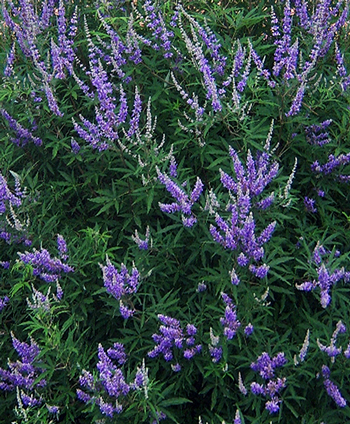 Vitex agnus-castus
Vitex agnus-castus